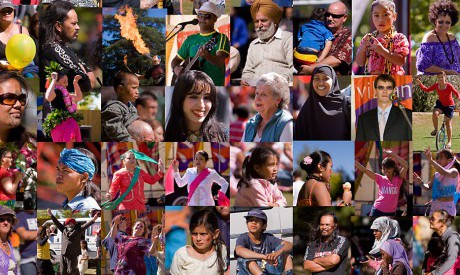It should go without saying (but often doesn’t): the fact that 2030 New Zealand will be much more ethnically diverse is by no means a bad thing.
But it’s also necessary.
As the baby boomers age, our population will become disproportionately elderly, with a dependency ratio of about 2.6 people aged between 15 and 64 for every person aged 65 and over in 2036, and 2.31 in 2061.
This “pig-in-the-python”, as it’s been evocatively described [pdf] by the Royal Society, will pass – but a productive workforce and more young people will certainly help it along.
The generation gap is considerably less marked amongst the Pasifika and Maori populations (which also have higher fertility rates), which means it’s even more important to tackle issues like unemployment, poverty and obesity in which they’re over-represented.
But with fewer women having children, the fertility rate is currently 2.0, only just above the “replacement level” necessary for the population to replace itself in the long-term without migration.
By 2030 it’s predicted to eclipse five million, and so much of that growth is dependent on migration from other countries.
That change is already visible in Auckland, where half a million people were born overseas, and is expected to continue as migration encourages migration: people are more likely to move to places where they know others and where their culture is established.
The most rapid growth has been in the city’s Asian population, with one in four Aucklanders of Asian ethnicity.
That’s predicted to be one in three by 2021.
Dr Andrew Butcher, director of research at the Asia New Zealand Foundation, points out that statistic encompasses “multiple languages, beliefs, cultures, cuisines and all the rest”.
“This isn’t a homogenous group of people, and it’s not a discrete entity of people, either,” he says. “There are increasing numbers of Asians who are multi-ethnic … so there’s this great diversity.” Continue reading
Sources
- The Wireless
- Image: Found Directory
News category: Features.




